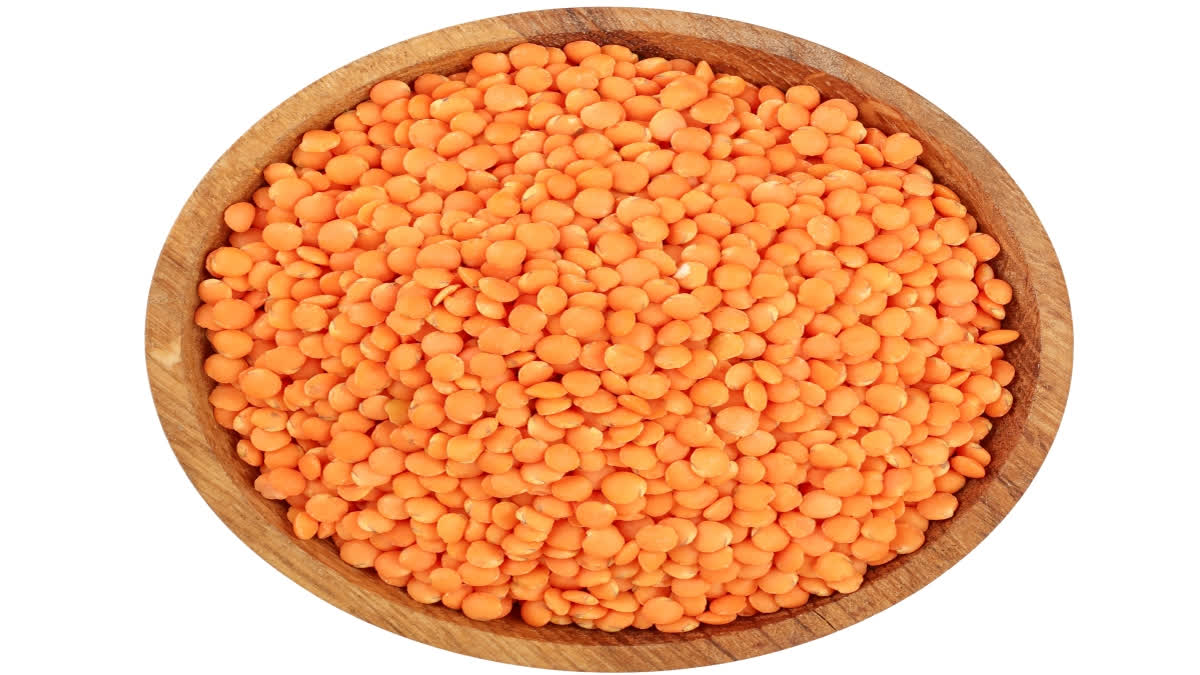Hyderabad: About 43% of Indian households are feeling the pinch of toor/arhar dal price doubling in the last one year. A mismatch between demand and supply in the domestic market has pushed up retail prices of most pulses (dal), particularly toor/arhar dal.
For instance, toor dal price has shot up from around Rs 120/kg in January 2023 to around Rs 220/kg currently. As prices vary according to the quality of dal, premium/ branded unpolished toor dal is being sold at a much higher price of Rs 245/kg online. The survey has been carried out by LocalCircles, India’s leading community social media platform.
India on average produces 26-27 million tonnes of pulses annually. In Chana and moong, the country is self-sufficient but in other pulses like toor and masur, it still imports to meet the shortages. Despite the government warning against hoarding by traders and alleged cartelization in the import of toor dal, both persist leading to higher retail prices. Toor dal is cultivated on a large scale across the country and India produces three-quarters of overall production globally. Maharashtra, Karnataka and Uttar Pradesh are top three producers of toor dal in India, and all three states are bearing the brunt of the erratic monsoon this year, besides wilting disease in some parts.
Excess rainfall and floods in 2022 had badly impacted production last year too, leading to a shortfall in supply and the retail prices, which vary across the country, shooting up. To prevent hoarding and elicit its continuous release, the Central government in September last year significantly reduced the stock limit for toor, and also urad dal, held by wholesalers and large retail chains from 200 tonnes to 50 tonnes.
The maximum quantity of dal that retailers are allowed to stock remains at five tonnes. In June last year, the Union Consumer Affairs Ministry told the media that India will import 12 lakh tonnes of toor dal in the current fiscal, up by 35% from the last year, to boost domestic availability and contain price rise. India’s trouble with toor dal lies in low domestic production, leading to the country’s heavy reliance on African countries.
According to the first advance estimates of the Ministry of Agriculture for the kharif crops of 2023- 24, production of toor is estimated at 3.42 million tonnes, which is almost similar to last year’s production. The area under urad is estimated at 3.07 million hectares, compared with about 3.10 million hectares last year. “The total annual requirement of toor dal in India is 45 lakh (4.5 million) metric tonnes as it is consumed in most parts of India,” Bimal Kothari, chairman of the India Pulses & Grains Association said.
The shortfall in supply in India comes at a time when global demand for toor dal continues to boom, primarily driven by increasing awareness of its health benefits and nutritional content. This growing demand is further bolstered by the incorporation of lentils into various food products such as pasta, bakery items, and meat alternatives, according to Lupa Foods, UK UK-based full-service B2B partner to the food industry. With many household consumers across India raising concerns about the rising prices of toor dal on LocalCircles, the platform strived to find out how they are coping with the rising cost of toor dal, which is consumed in most parts of the country.
The survey received over 11,000 responses from citizens located in 306 districts of India. 64% of respondents were men while 36% of respondents were women. 43% of respondents were from tier 1, 33% from tier 2 and 24% of respondents were from tier 3, 4 and rural districts. The survey asked consumers “The retail price of toor/ arhar dal/ pulse has doubled in the last 12 months, how is your household coping with the price increase?” The question received 11,197 responses with 57% of respondents indicating that they “haven’t reduced consumption and are paying more”. However, 32% of respondents stated that they “have reduced consumption” and 11% stated that they “have switched to lower priced brands/ unbranded products''. To sum up, 43% of Indian households surveyed are feeling the pinch of toor/ arhar dal/ pulse price increase and have either reduced consumption or downgraded to lower priced brands/unbranded products
In summary, the fact that 43% of Indian households surveyed are feeling the pinch of toor/arhar dal/pulse price increase with 32% of households having reduced consumption and 11% downgrading to lower priced brands/ unbranded products shows the impact of doubling of retail prices in one year. The Government needs to step in to not only check hoarding but also facilitate procurement from farmers and supply to consumers without the unscrupulous traders making this popular dal further out of reach. In the emerging scenario, more consumers may give up eating dal, which is the most affordable protein source for average households.
Read More



